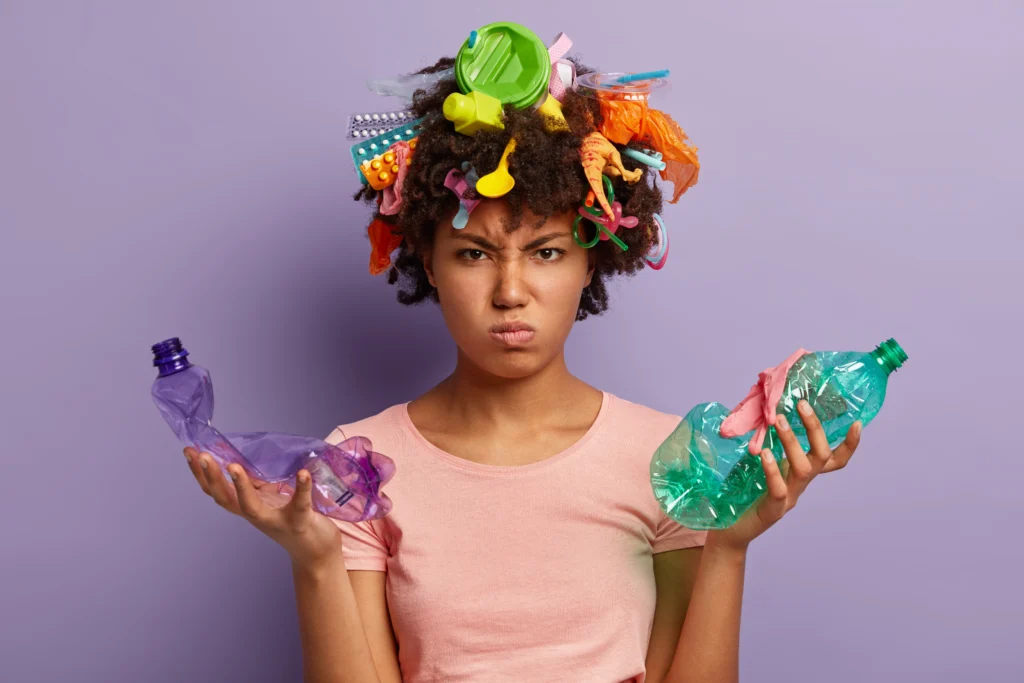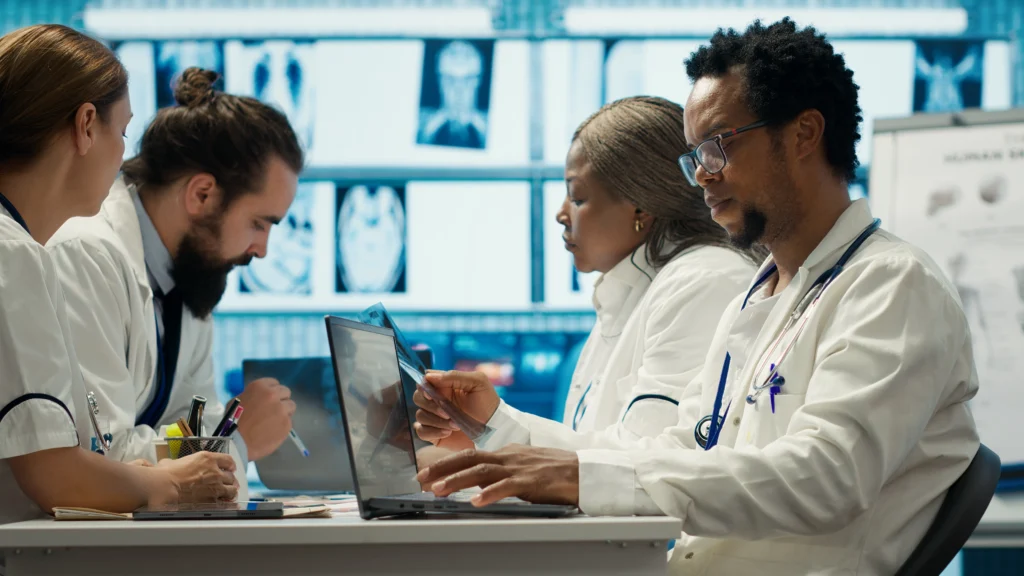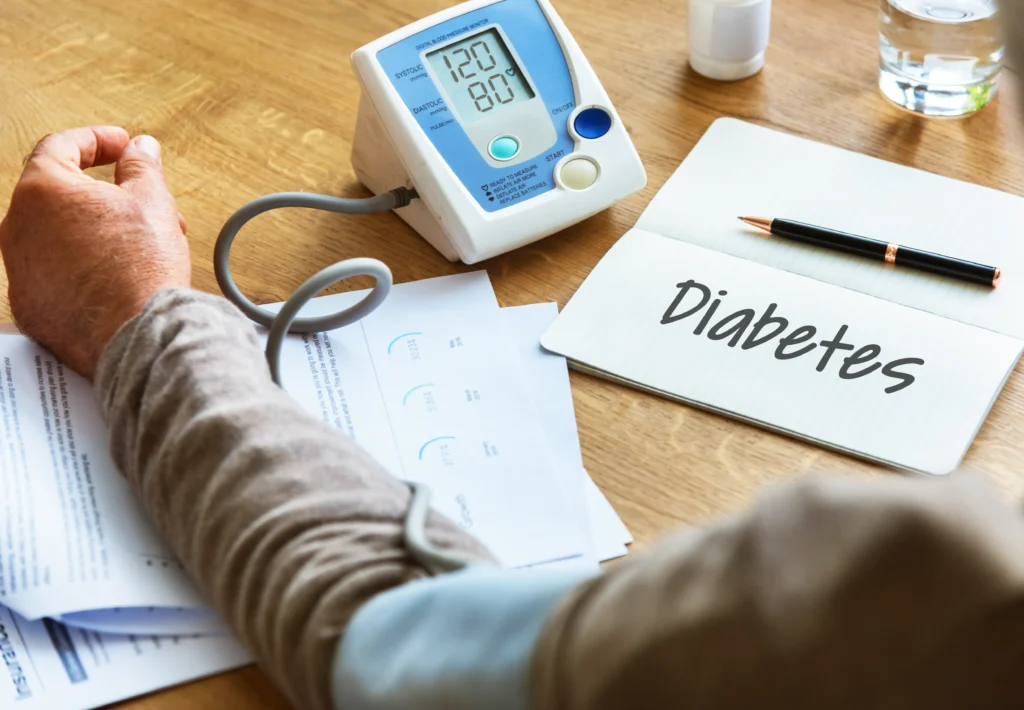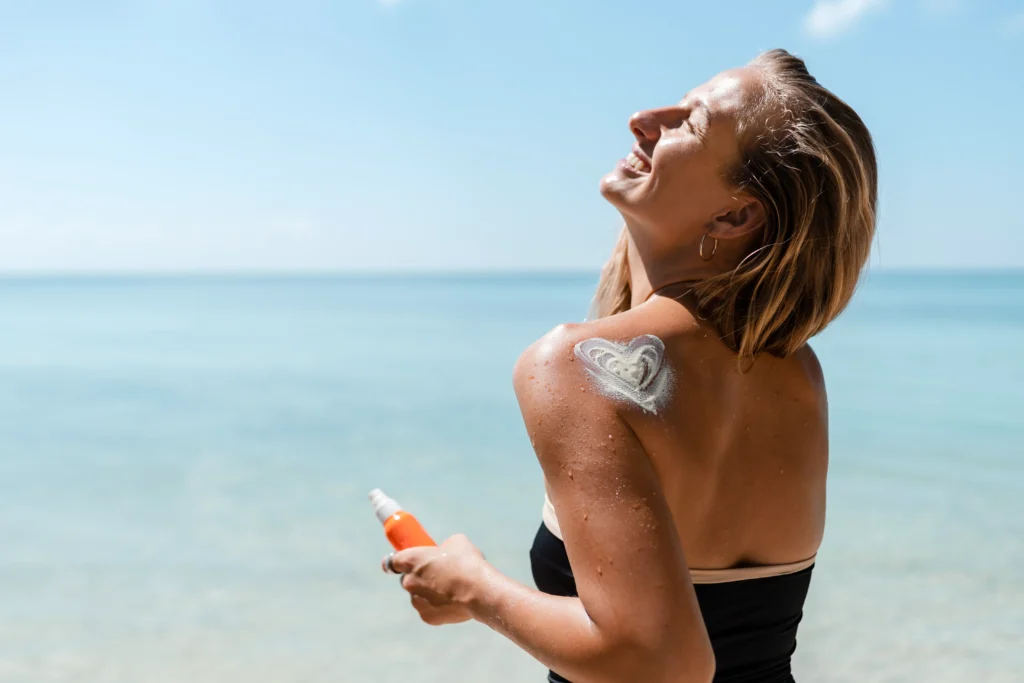New science has found something worrying: the amount of tiny plastic bits, called microplastics, in people’s brains has gone up a lot since 2016. One new study says these tiny plastics have increased by 50% in our brains in just eight years. This study, from May 2024, hasn’t been fully checked by other scientists yet, but the results are hard to ignore. Researchers at a university looked at brain samples and found that these microplastics are building up in our brains – one of the most protected parts of our bodies. This raises questions about possible health problems we don’t fully know about yet. This article will explain these microplastics in the brain, the health risks of microplastics, and simple ways to reduce microplastic exposure to help protect your brain health.
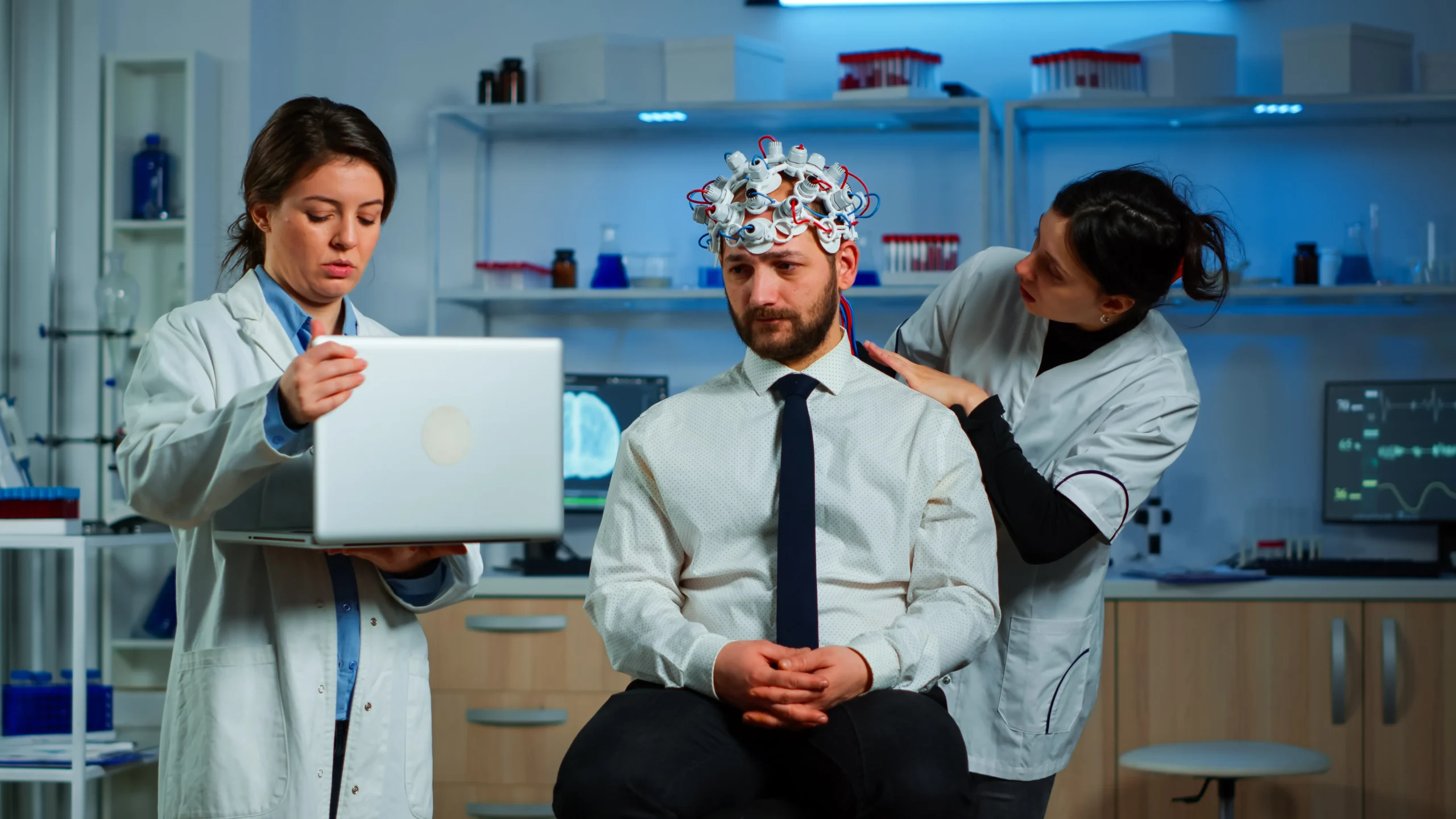
What They Found: Tiny Plastics Are Getting Into Our Brains
The study looked at how much microplastic was in brain samples from people aged 45 to 50 in 2016 and 2024. They found that the amount of microplastics had gone up by about 50% in these eight years. Here’s a simple look at what they found:
- Plastic Makes Up a Tiny Bit of Our Brain: In 2024, brain samples had more microplastics than in 2016.
- Brains Have More Plastic Than Other Body Parts: Brain tissue in 2024 had much more plastic than organs like the liver and kidneys.
- A Common Plastic Was Found the Most: Polyethylene, which is used in things like plastic bags, was the main plastic found in the brain samples.
It’s concerning that these microplastics are building up in our brains because our brains have a special barrier that usually keeps bad things out. But these tiny plastic bits are somehow getting past this barrier.
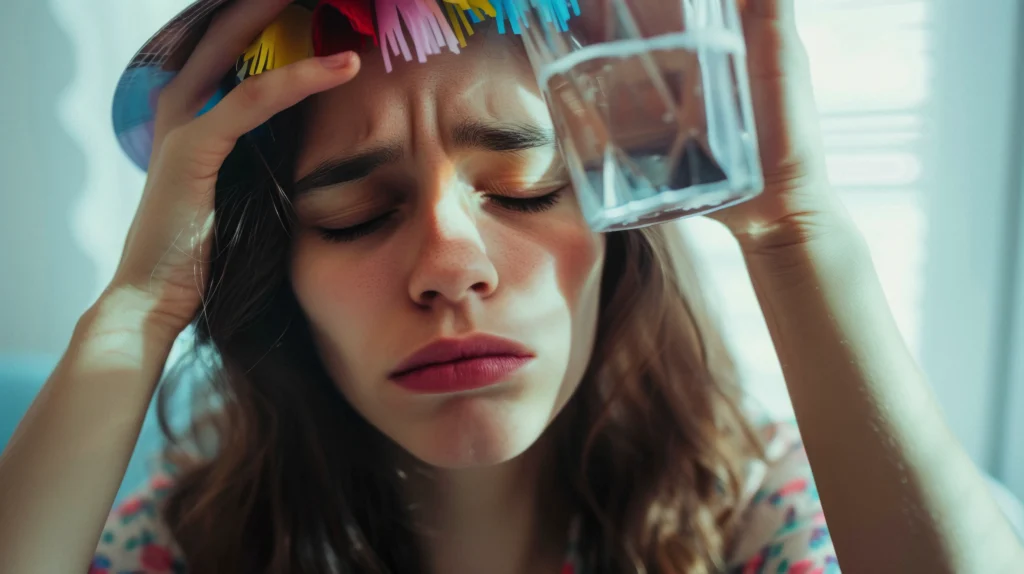
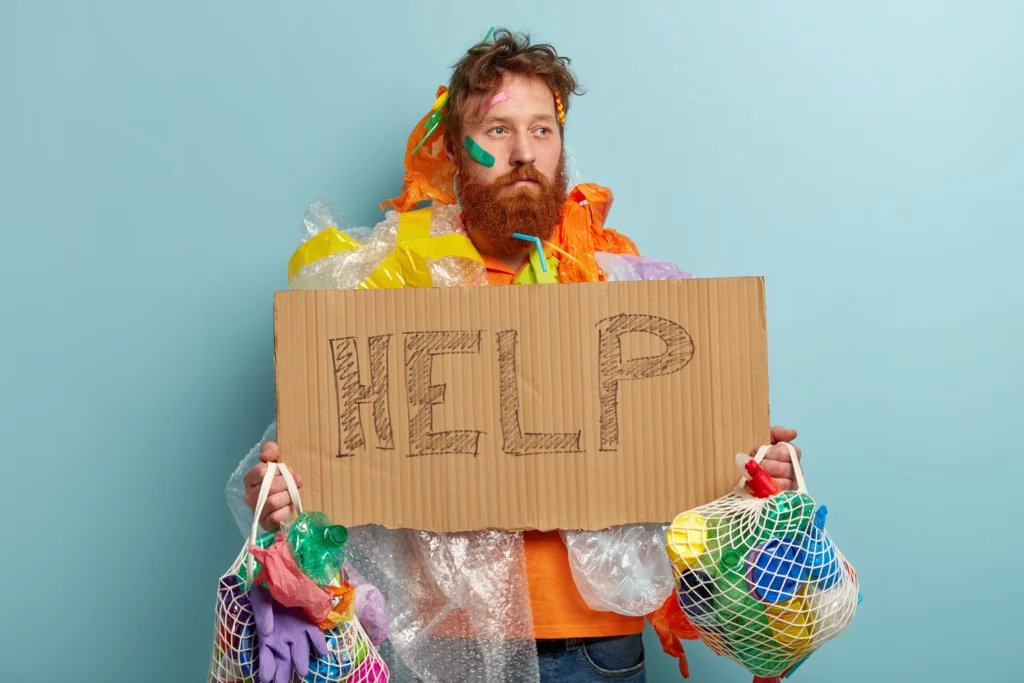
How Do Tiny Plastics Get Into Our Brains?
Microplastics can get into our bodies when we eat or drink things that have them, and when we breathe in air that has them. Once inside our blood, these tiny bits can travel to our brains by crossing that special brain barrier. The study thinks that even tinier pieces, called nanoplastics, might be even better at getting into the brain.
One of the scientists thinks that microplastics might “trick” their way into the brain by sticking to fats. Our brains have a lot of fat, which might make them easy for these tiny plastics to latch onto. The really small nanoplastics seemed to build up in the brain the most, while bigger pieces tended to stay in the liver and kidneys.
Why Tiny Plastics in the Brain Could Be Bad for Our Health
While this study shows that microplastics are building up in our brains, we don’t really know what the long-term health problems might be. But scientists are starting to think about possible links between being around microplastics and some health issues:
- Brain Problems: The parts of the brain where they found the most microplastics are also the parts linked to certain brain diseases that affect memory and behavior. This makes scientists wonder if microplastics could play a part in these problems.
- Swelling and Poison: Other studies have shown that microplastics can cause swelling and release bad stuff in our body tissues. If this happens in our brain cells, microplastics could mess with important things like memory and thinking.
- Carrying Bad Chemicals: Besides the plastic bits themselves, microplastics can carry harmful chemicals like those found in some plastics. These chemicals have been linked to different health problems. So, when microplastics get into the brain, they might also bring these harmful things with them, which could be even riskier. You might find more information about avoiding harmful chemicals in everyday products by looking at resources on health helpers (internal link to your health supplements) that discuss environmental toxins.
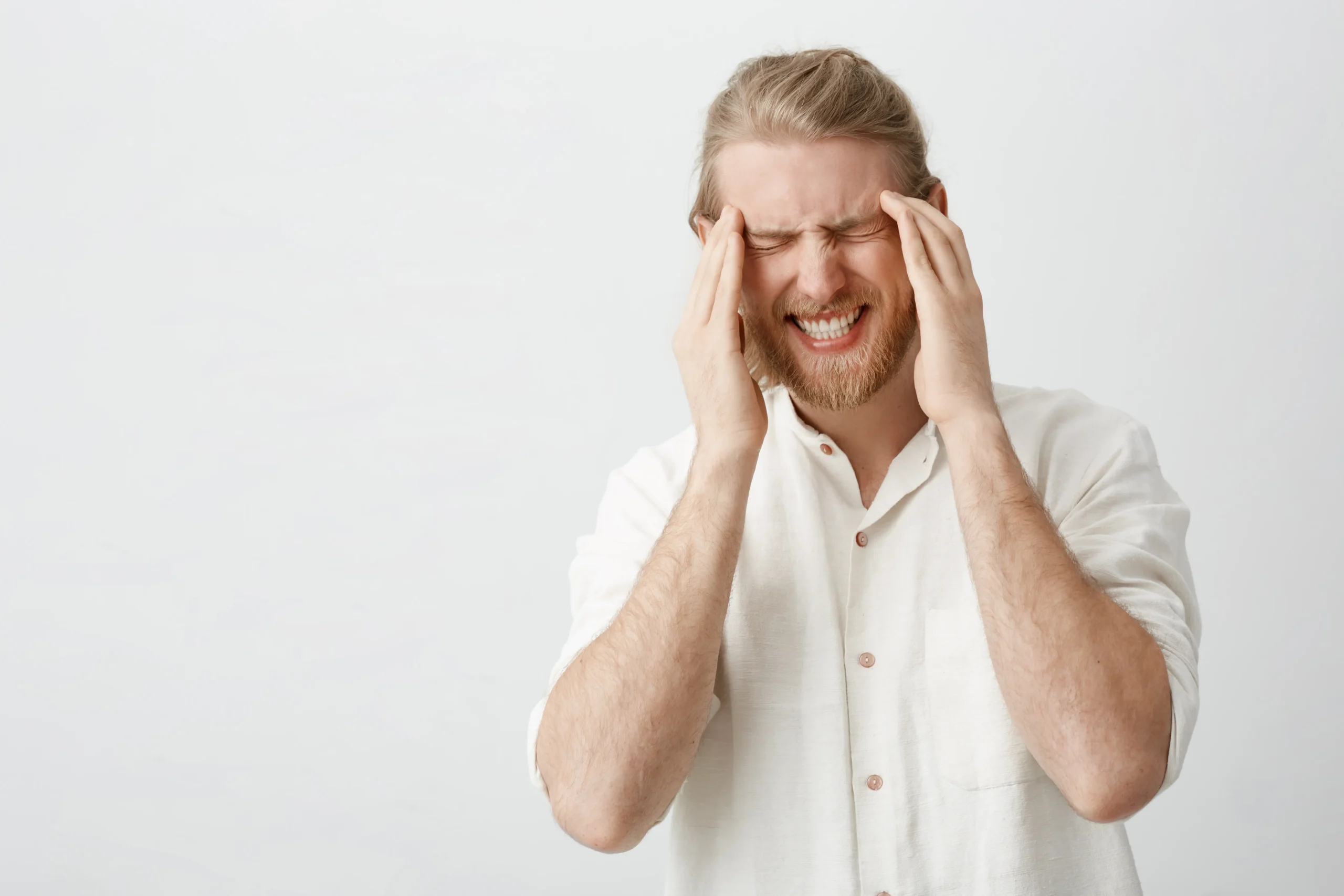
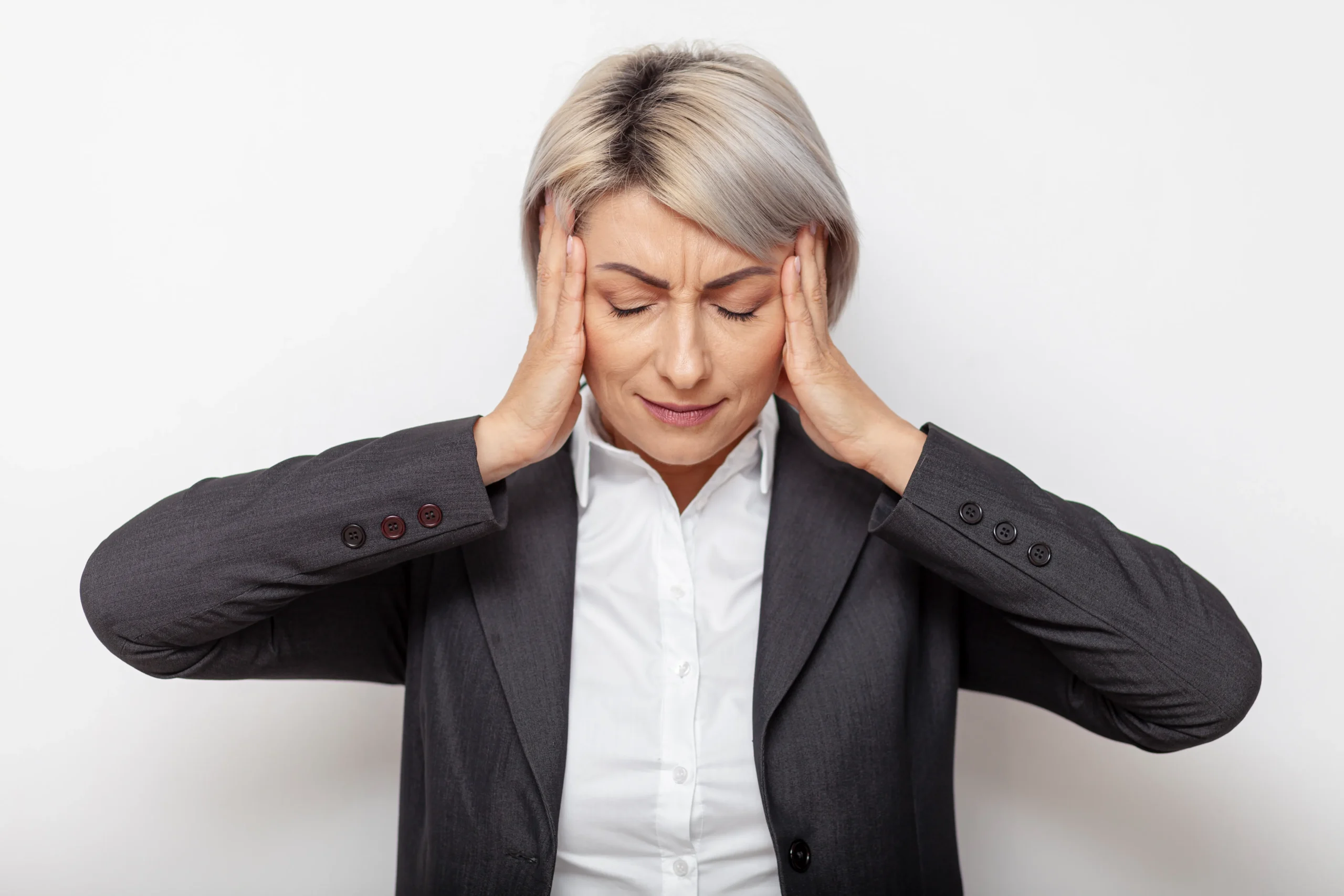
Easy Things You Can Do to Be Around Less Microplastic
We can’t completely get rid of microplastics because they are everywhere, but here are some simple steps to be around them less:
- Use Less Plastic That You Throw Away After One Use: Try not to use plastic bags, bottles, and packaging. Choose things you can use again, like glass or metal containers for your food and drinks. If you’re traveling, remember to bring your own reusable water bottle, as mentioned in our travel (internal link to your general travel tips page).
- Don’t Heat Food in Plastic: When you microwave or cook food, put it in glass or ceramic dishes instead of plastic to lower the chance of plastic bits getting into your food from the heat.
- Clean Your Drinking Water: Get a good water filter that can take out some of the microplastics from your tap water.
- Choose Clothes Made of Natural Stuff: Clothes made from plastic-like materials can release tiny plastic bits when you wash them. Try to choose clothes made from cotton or wool, and think about using a special filter in your washing machine to catch these bits.
- Gradually Replace Plastic Things at Home: Switch out plastic things in your home for safer options little by little. For example, use bamboo toothbrushes and glass baby bottles instead of plastic ones.
- Help Groups That Want Less Plastic: Get involved with groups that are trying to reduce how much plastic is made and how much pollution it causes.
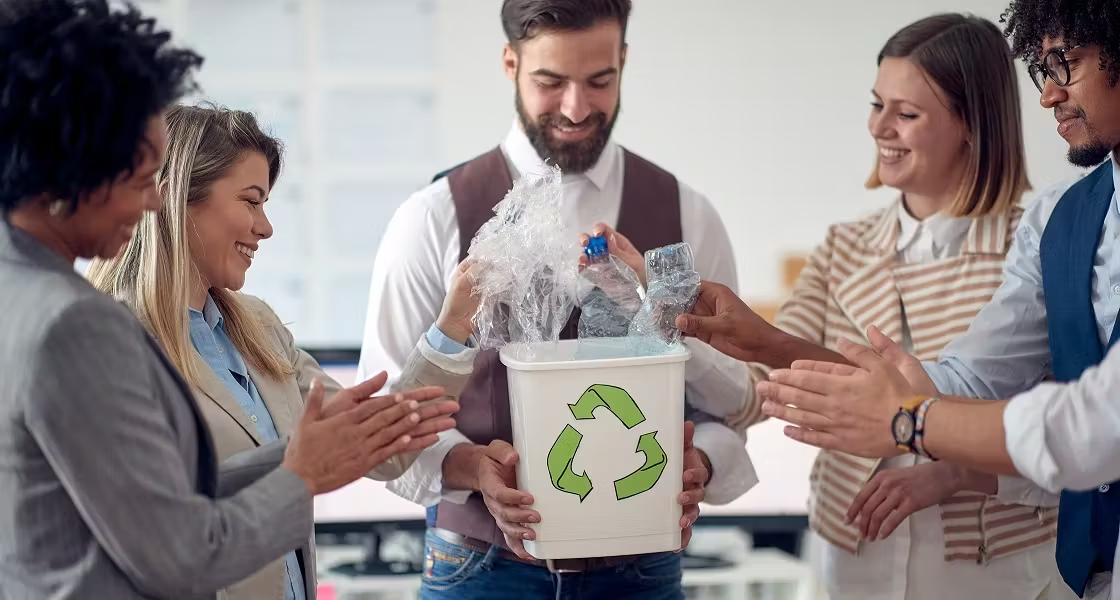
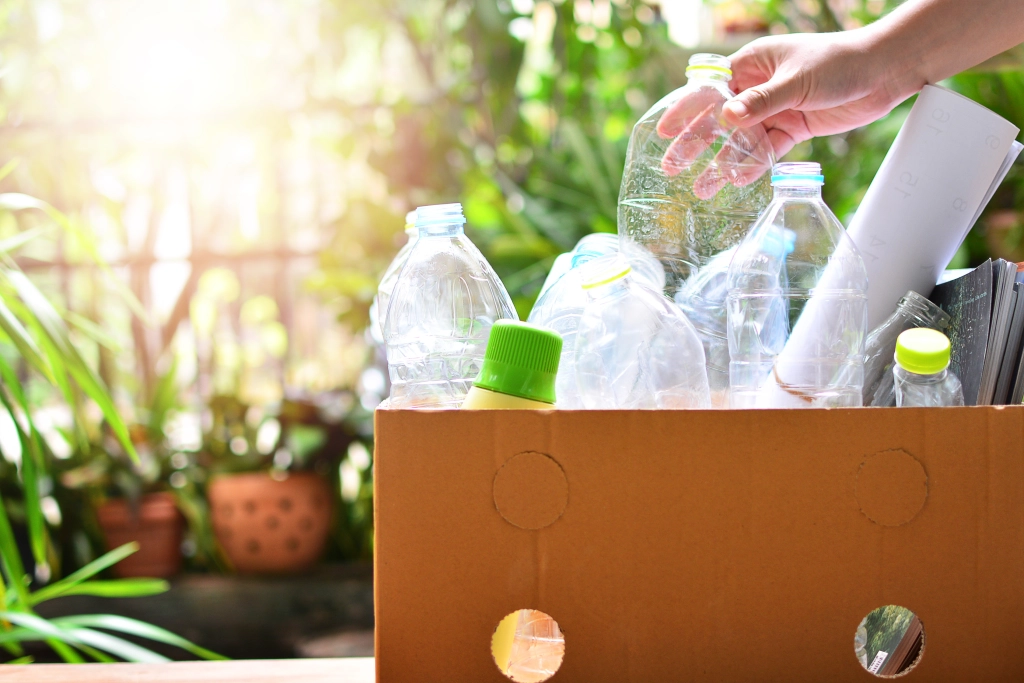
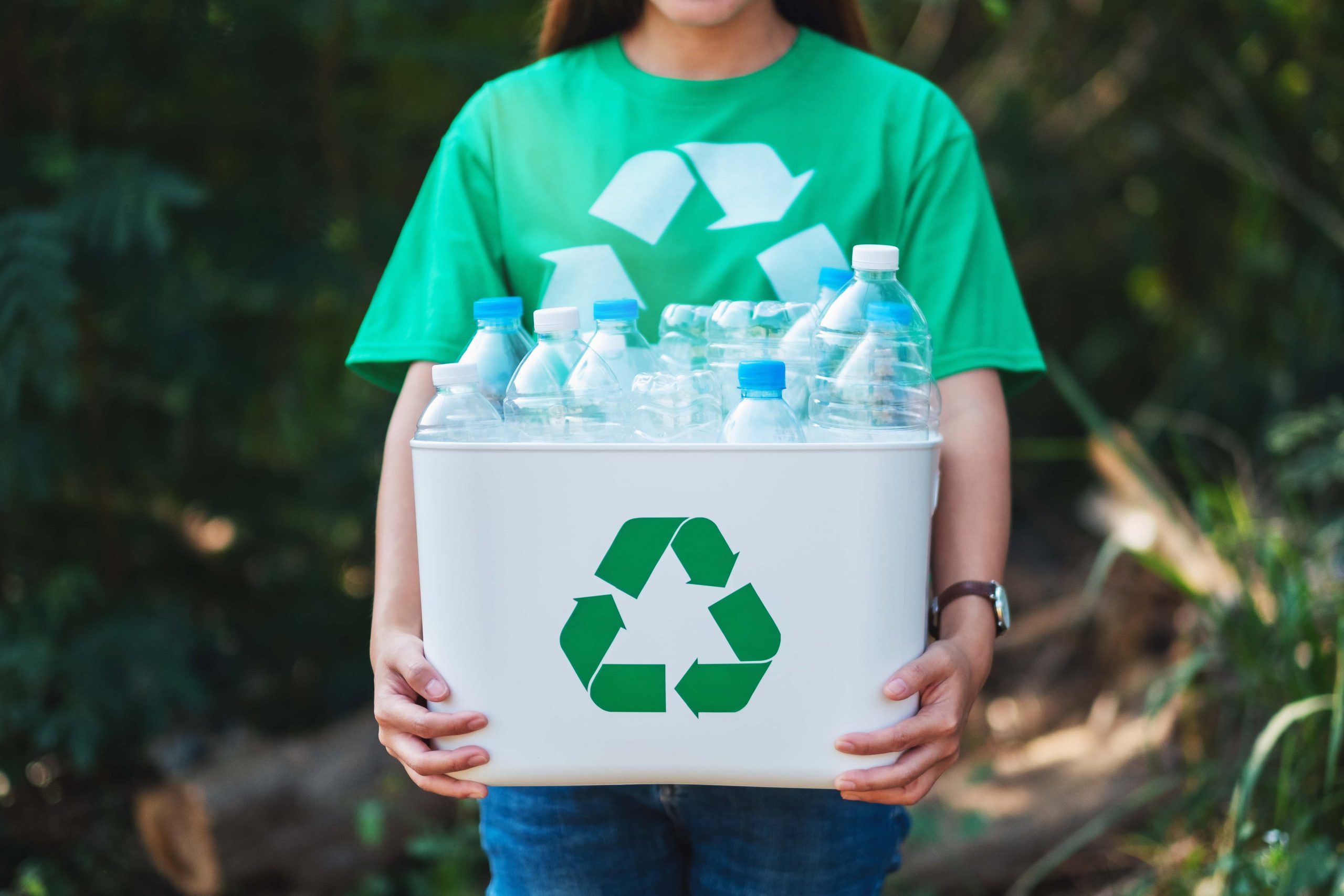
What’s Next for Studying Tiny Plastics?
Microplastics are now a part of our lives, and finding them in our brains raises big questions about our long-term health. We don’t have all the answers yet, but it’s clear that we need to keep studying this. Scientists need to learn more about how these tiny bits affect our brains, if they cause diseases, and how they impact our overall health.
As we learn more, it’s becoming more important to deal with plastic pollution where it starts and ask for better rules about it. While we might not know all the risks yet, taking small steps to be around less plastic is a smart idea for our own health and for the planet.
In the meantime, staying informed and thinking about how we use plastic can help lower some of the possible harm while scientists keep working to understand the full story about microplastics in our bodies.
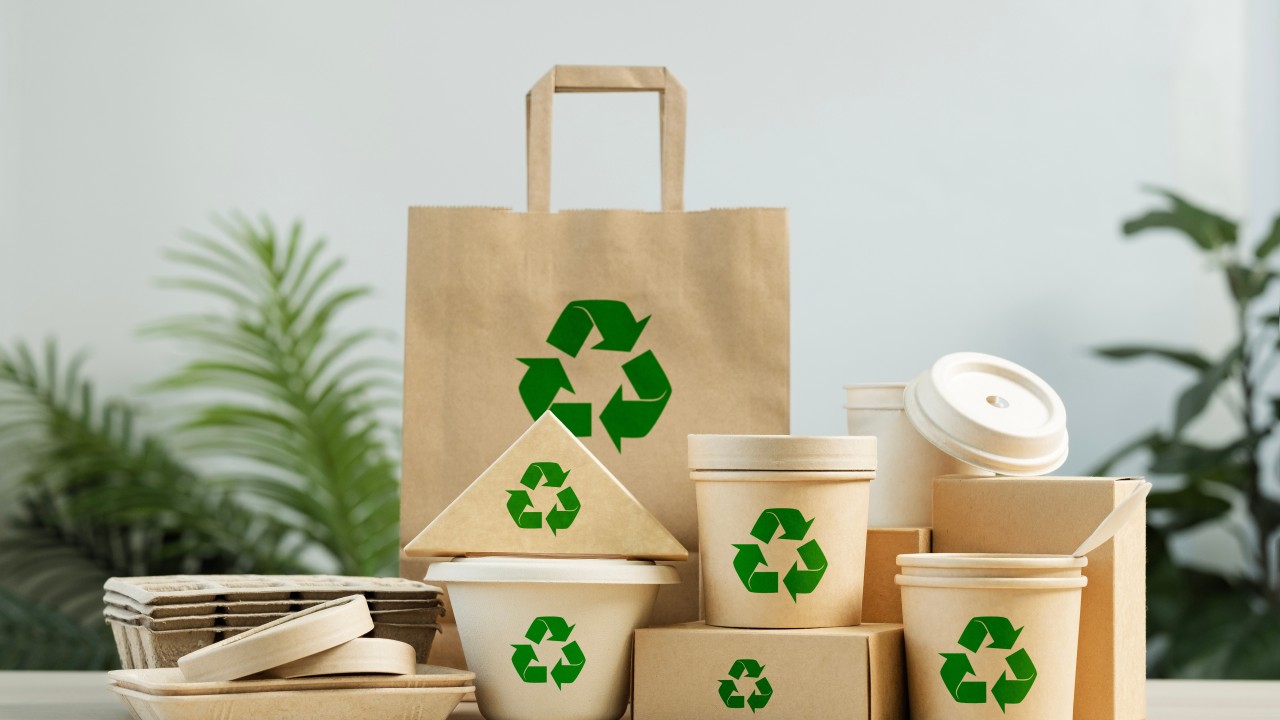
John Doe
DesignationClick here to change this text. Lorem ipsum dolor sit amet, consectetur adipiscing elit. Ut elit tellus, luctus nec ullamcorper mattis, pulvinar dapibus leo.
Credit Suisse just rehired a specialty-finance dealmaker who’s a double boomerang
Credit Suisse Rehires Specialty-Finance Dealmaker in Strategic Move to Rebuild FIG Team In a strategic…
The Health Industry Is Changing Fast – Here’s How to Keep Up
The Health Industry Is Evolving – Are You Ready? The health industry is changing fast,…
Diabetes: A Growing Health Crisis in North America
Diabetes – it’s a word we hear a lot these days, but what exactly is…
Easy Ways to Enjoy the Sun Safely on Your Vacation
Vacations are for fun, seeing new things, and often, enjoying the sunshine. But being safe…
See How Much $100 Invested in Bitcoin, S&P 500, and Gold in 2010 Would Be Worth Today
Investing often revolves around balancing risk and reward, and few comparisons illustrate this better than…
Sun and Fun All Year Round? Discover the Best Time to Visit Florida! ☀️🌴
Florida, the “Sunshine State” of the United States, attracts millions of tourists annually with its…
Mental health in the spotlight: Can technology help with anxiety?
Mental health is finally getting the attention it deserves, and for good reason. Anxiety disorders,…
The Most Beloved Health Products, According to Reviewers
Cursus iaculis etiam in In nullam donec sem sed consequat scelerisque nibh amet, massa egestas…

